Federico Bartoli
Memory Based Online Learning of Deep Representations from Video Streams
Nov 17, 2017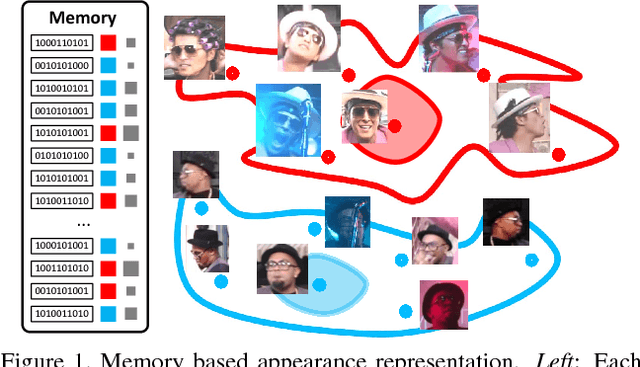
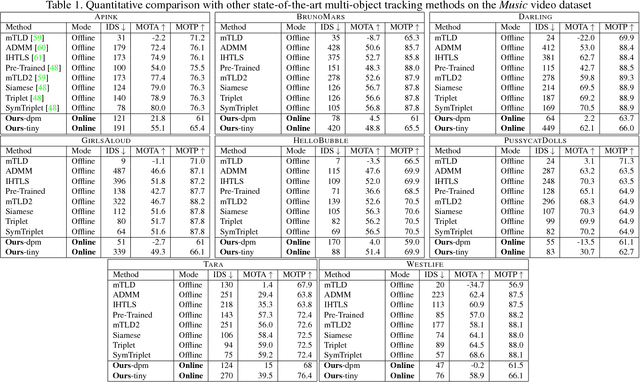
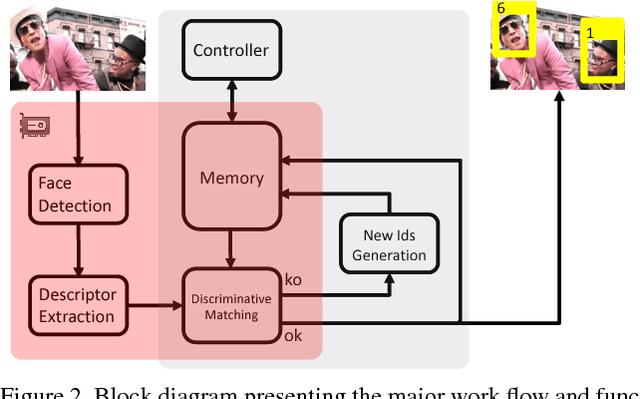
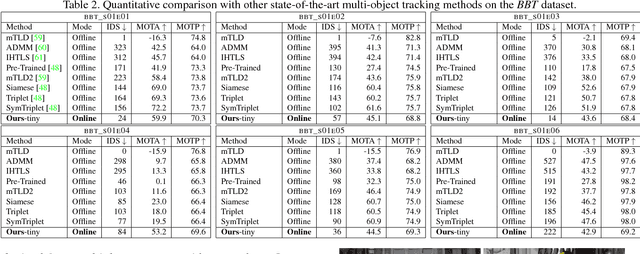
Abstract:We present a novel online unsupervised method for face identity learning from video streams. The method exploits deep face descriptors together with a memory based learning mechanism that takes advantage of the temporal coherence of visual data. Specifically, we introduce a discriminative feature matching solution based on Reverse Nearest Neighbour and a feature forgetting strategy that detect redundant features and discard them appropriately while time progresses. It is shown that the proposed learning procedure is asymptotically stable and can be effectively used in relevant applications like multiple face identification and tracking from unconstrained video streams. Experimental results show that the proposed method achieves comparable results in the task of multiple face tracking and better performance in face identification with offline approaches exploiting future information. Code will be publicly available.
Context-Aware Trajectory Prediction
May 06, 2017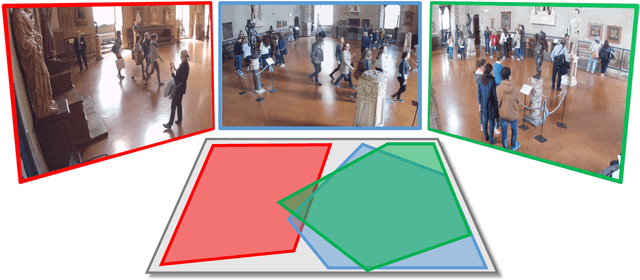
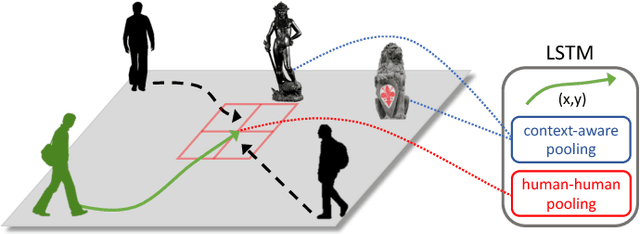
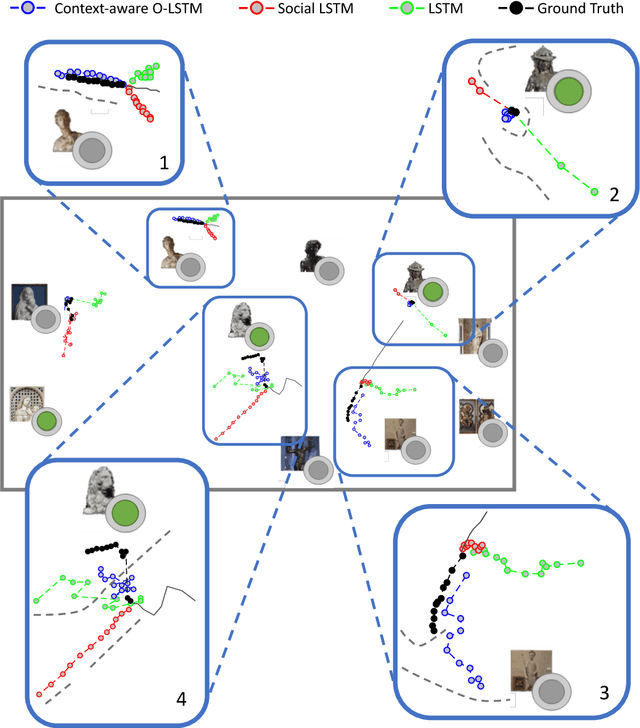

Abstract:Human motion and behaviour in crowded spaces is influenced by several factors, such as the dynamics of other moving agents in the scene, as well as the static elements that might be perceived as points of attraction or obstacles. In this work, we present a new model for human trajectory prediction which is able to take advantage of both human-human and human-space interactions. The future trajectory of humans, are generated by observing their past positions and interactions with the surroundings. To this end, we propose a "context-aware" recurrent neural network LSTM model, which can learn and predict human motion in crowded spaces such as a sidewalk, a museum or a shopping mall. We evaluate our model on a public pedestrian datasets, and we contribute a new challenging dataset that collects videos of humans that navigate in a (real) crowded space such as a big museum. Results show that our approach can predict human trajectories better when compared to previous state-of-the-art forecasting models.
 Add to Chrome
Add to Chrome Add to Firefox
Add to Firefox Add to Edge
Add to Edge